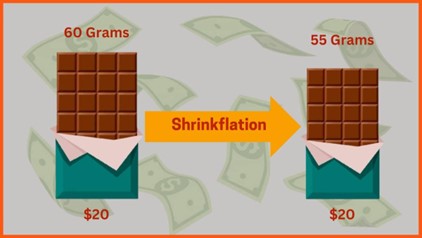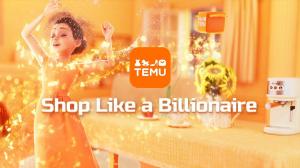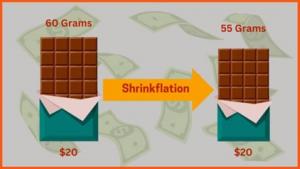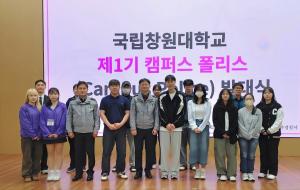 |
| ▲ The appearance of Coca-Cola's bottle based on the shape of the cocoa pod and the color of the green forest in Georgia, USA (Source: Coca-Cola website) |
On October 26th, Coca-Cola announced that it would release a label-free PET(polyethylene terephthalate) bottle, ‘Coca-Cola Contour Label-Free,’ with a distinctive contour shaped design. With the high interest in an eco-friendly environment among Korean consumers, the product, developed with Global Headquarters, will be introduced in Korea for the first time in the world. ‘Coca-Cola Contour Label-Free,’ features a unique contour bottle type, so that anyone could recognize the brand, solely by its shape without a label. This is not the first time Coca-Cola has developed label-free products. Following the launch of Korea’s first label-free product, ‘Seagram Label-Free,’ in January this year, Coca-Cola has also participated in efforts for a sustainable society by introducing, ‘Gangwon Pyeongchangsu,’ ‘Huo Pure,’ and ‘Toreta,’ as label-free beverages. These products are still receiving positive responses from consumers in various aspects, such as convenience and design.
The newly released, ‘Coca-Cola Contour Label-Free,’ boasts a 100-year history of Coca-Cola. In the 1900s, Coca-Cola's sales continued to increase. This popularity led to dozens of competitors trying to imitate the famous trademark of Coca-Cola, to deceive the public into buying their drinks. The bottles used in those days were simple, straight-sided bottles, so it was not difficult to imitate. To prevent confusion among consumers, the Coca-Cola Company required that the bottlers emboss the famous Coca-Cola logo onto every bottle. However, competitor brands like Koka-Nola, Ma Coca-Co, Toka-Cola, and even Koke copied or slightly modified the Spencerian script logo. Therefore, to differentiate the design that no one could imitate, Coca-Cola and it’s Bottling partners tried to create a ‘bottle so distinct that everyone could recognize it, just by feeling it in the dark or looking at the broken pieces of the bottle lying on the ground.’ As a result, the Coca-Cola contour bottle, first developed in 1915, has a convex curved shape and a vertical line design, inspired by the cocoa pod. After the Contour bottle design received a patent, it became a symbol of Coca-Cola and will be applied to this upcoming, ‘Coca-Cola Contour Label-Free,’ PET in 2021.
When designing the label-free product, Coca-Cola made it possible to continue the legitimacy of their company, only with the product's design. Therefore, the logo and vertical line design were engraved on the front of the product to enhance its readability and refinement. In addition, by removing the label, the amount of plastic used in the production stage was reduced, and the hassle of removing the label after drinking a bottle of Coca-Cola, disappeared. Thereby, it has increased the convenience of consumers' disposal behavior. This is a small effort for positive resource circulation of PET bottles that can be reborn as high-quality resources. 'Coca-Cola Contour Label-Free,' will be introduced exclusively on online channels, selling 24 bundles of 370ml bottle products. The product-related information, originally written on the existing label, will be listed on the whole package of bundles. Also, the products will be introduced in two types: Coke and Coke Zero. In order to make it easier to distinguish the products by lid color, the original Coke product will use red, and Coke Zero will use a black lid.
The personnel of Coca-Cola said, "With 'Coca-Cola Contour Label-Free,' we will usher in an era of label-free 2.0, which not only improves recycling ease by removing labels, but also strengthens the brand heritage in the shape of a contour design with a long history." He added, "We hope people can enjoy thrilling happiness in their daily lives through this magical change." Coca-Cola's movement can be said to have a great influence on creating a positive resource cycle in the environment and society. In particular, it is expected to play a very important role because an eco-friendly trend is spreading, not only in Coca-Cola, but also in the distribution industry, as the crisis over climate change became a vivid reality with the COVID-19 pandemic. We hope that many companies, including Coca-Cola, will further expand their eco-friendly products and increase the ease of separate collection and recycling.
By Park Jung-hyun,cub-reporter jhgongju0903@gmail.com
<저작권자 © The Campus Journal, 무단 전재 및 재배포 금지>

 Shrinkflation, Consumer Deception
Shrinkflation, Consumer Deception




